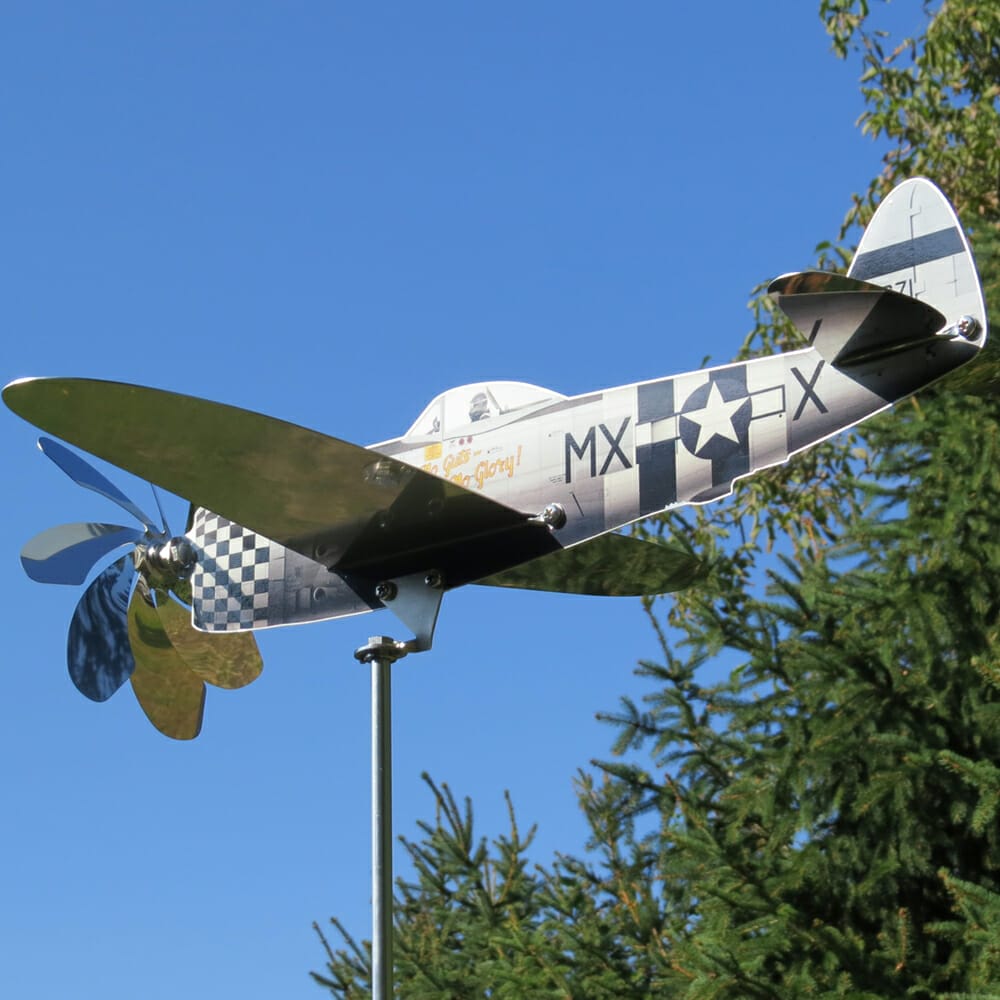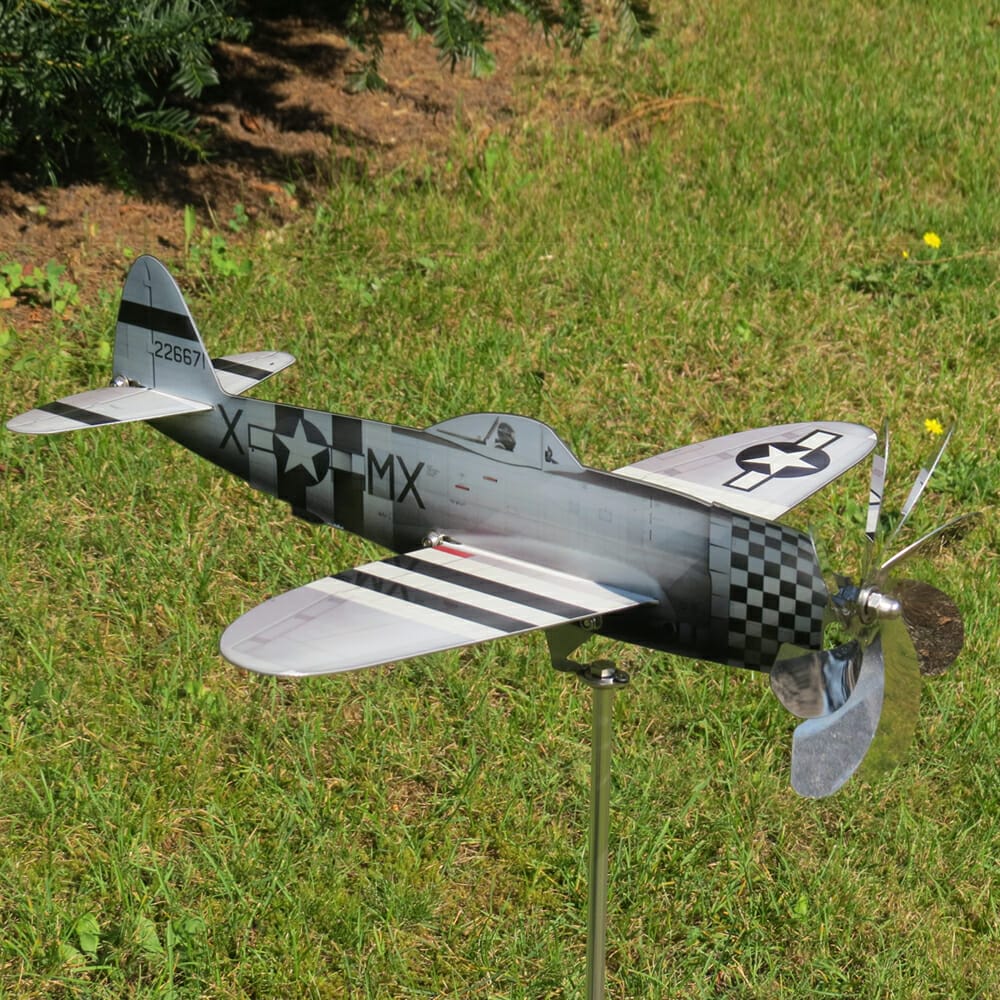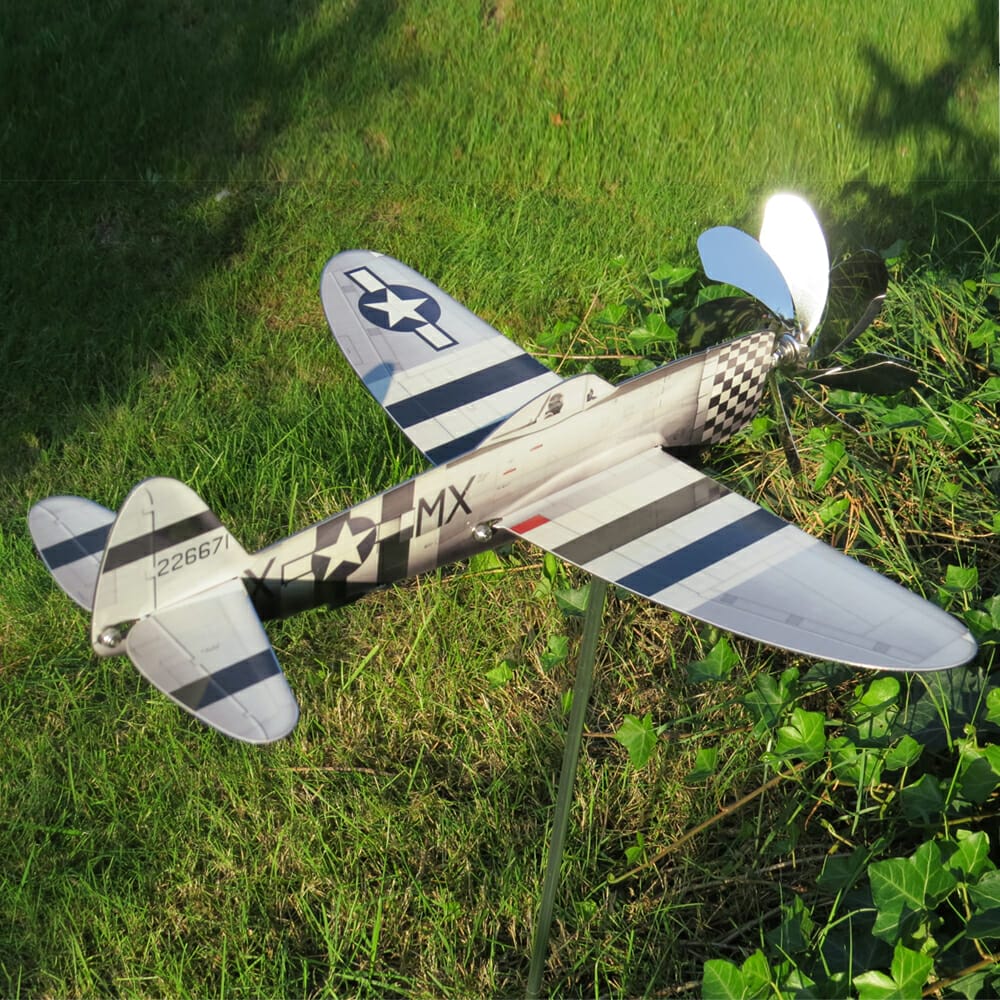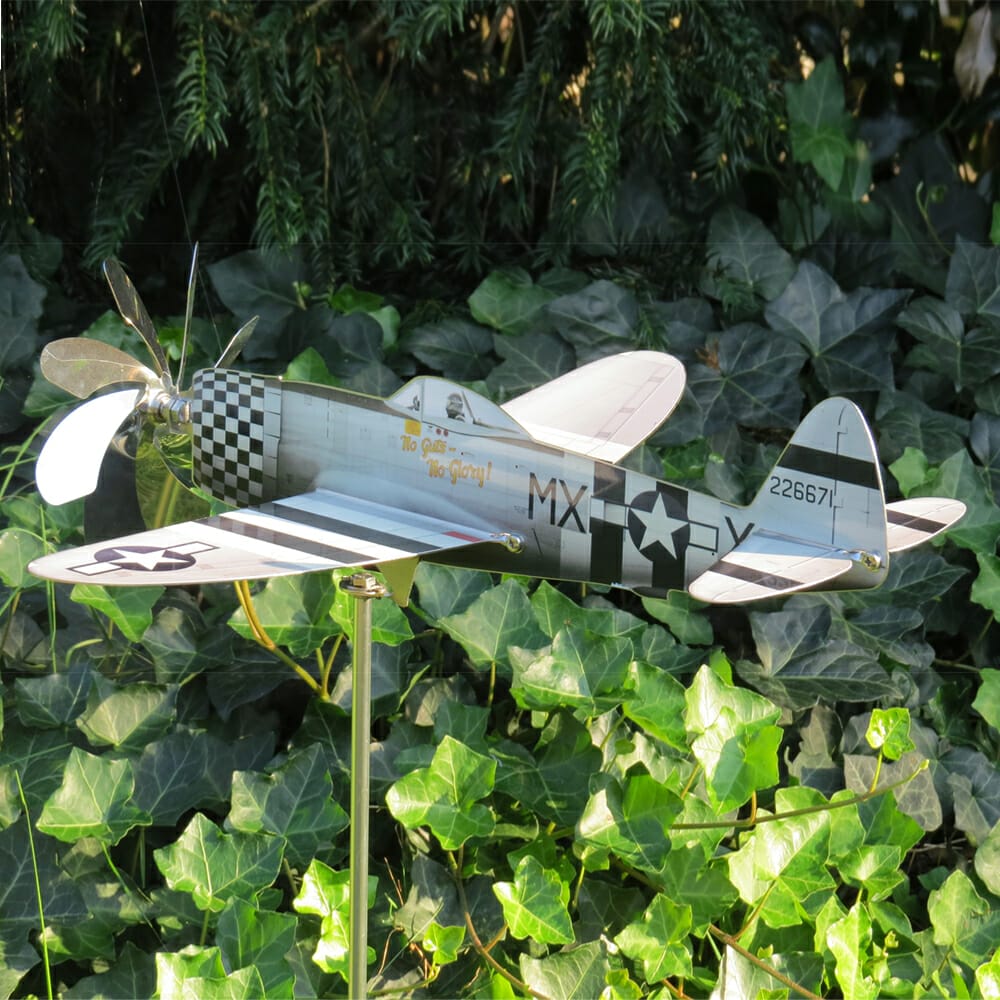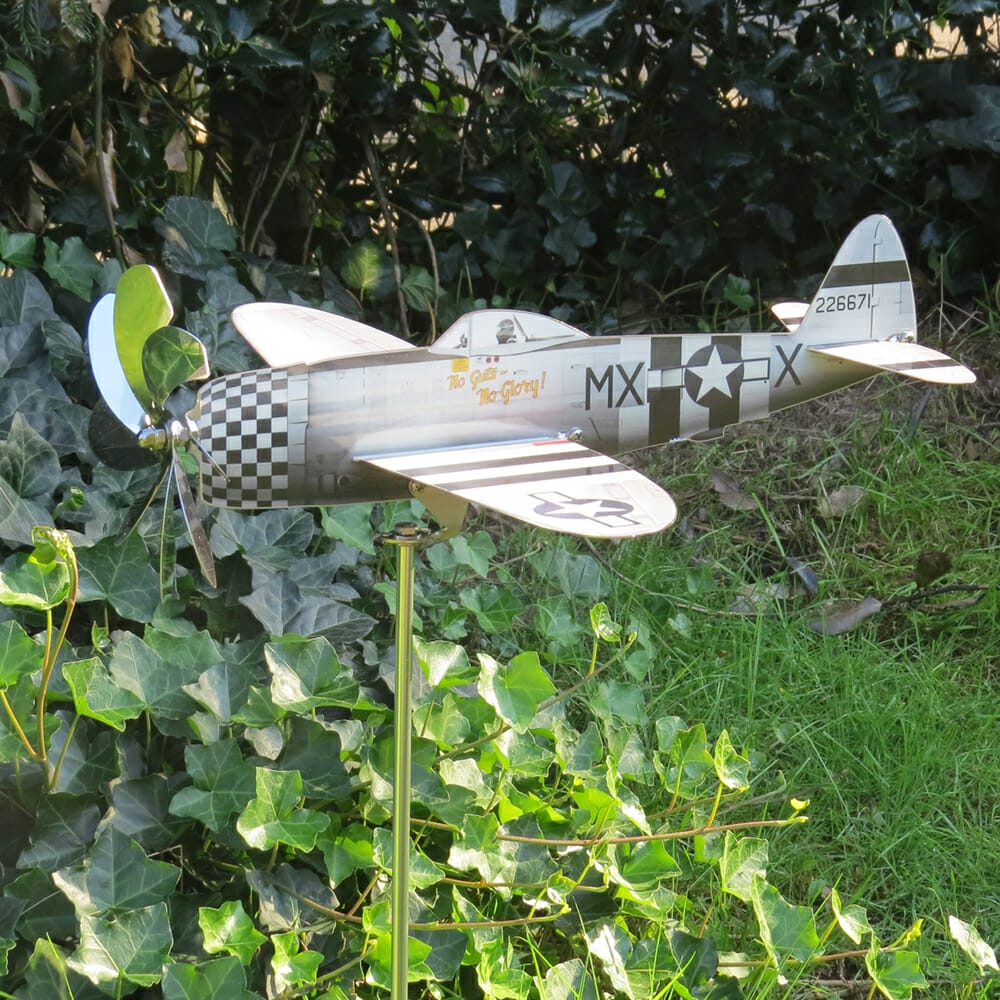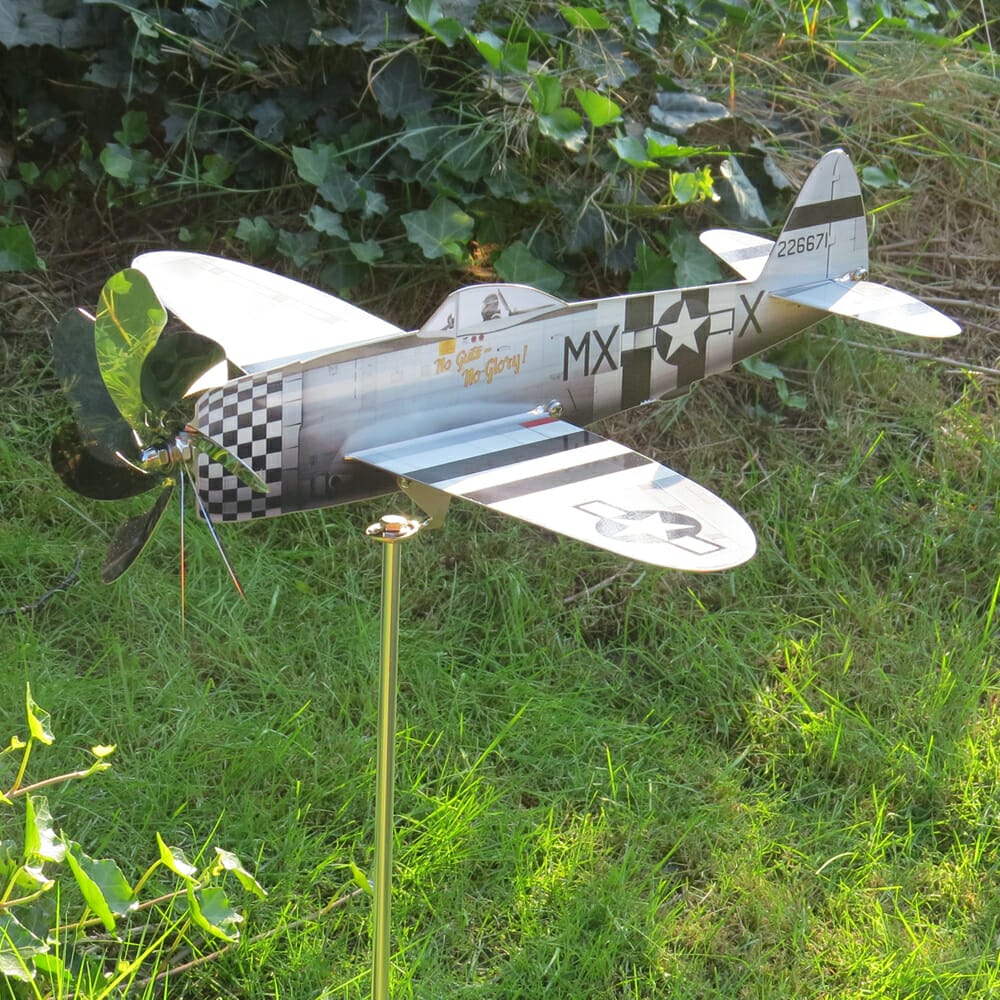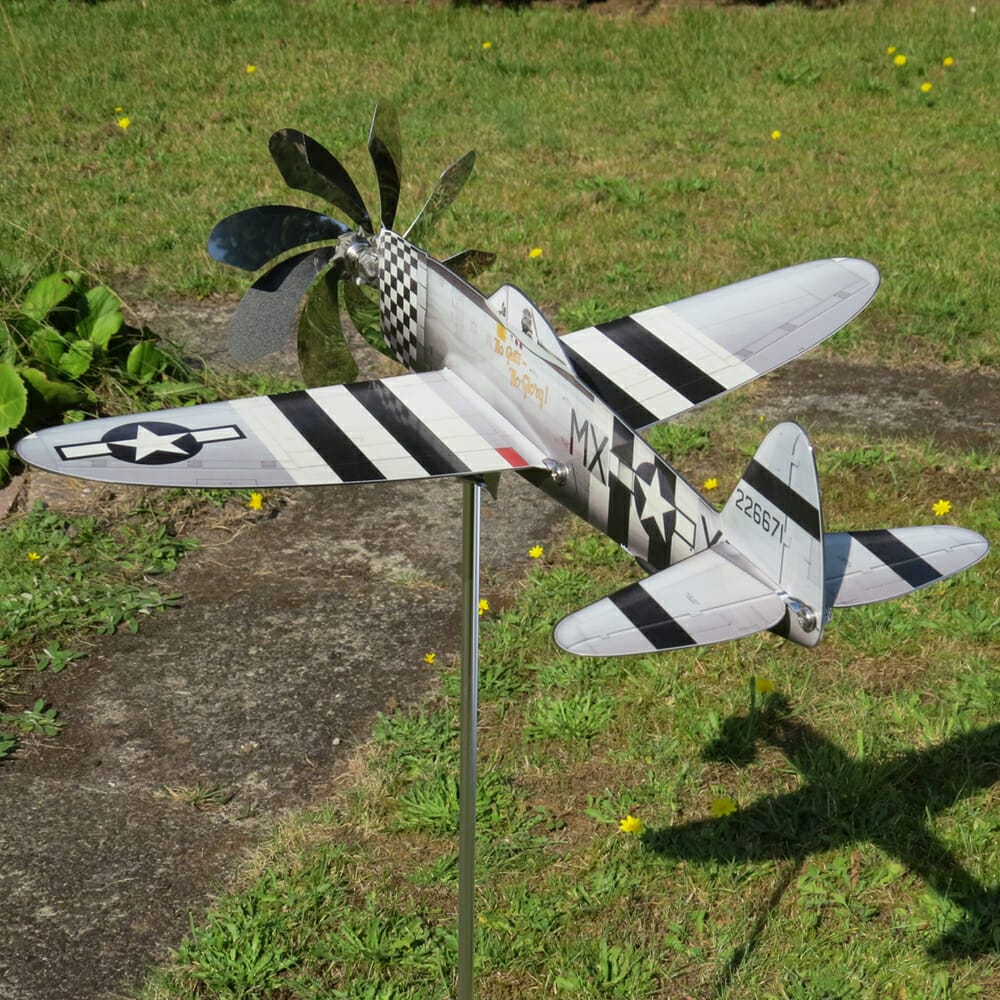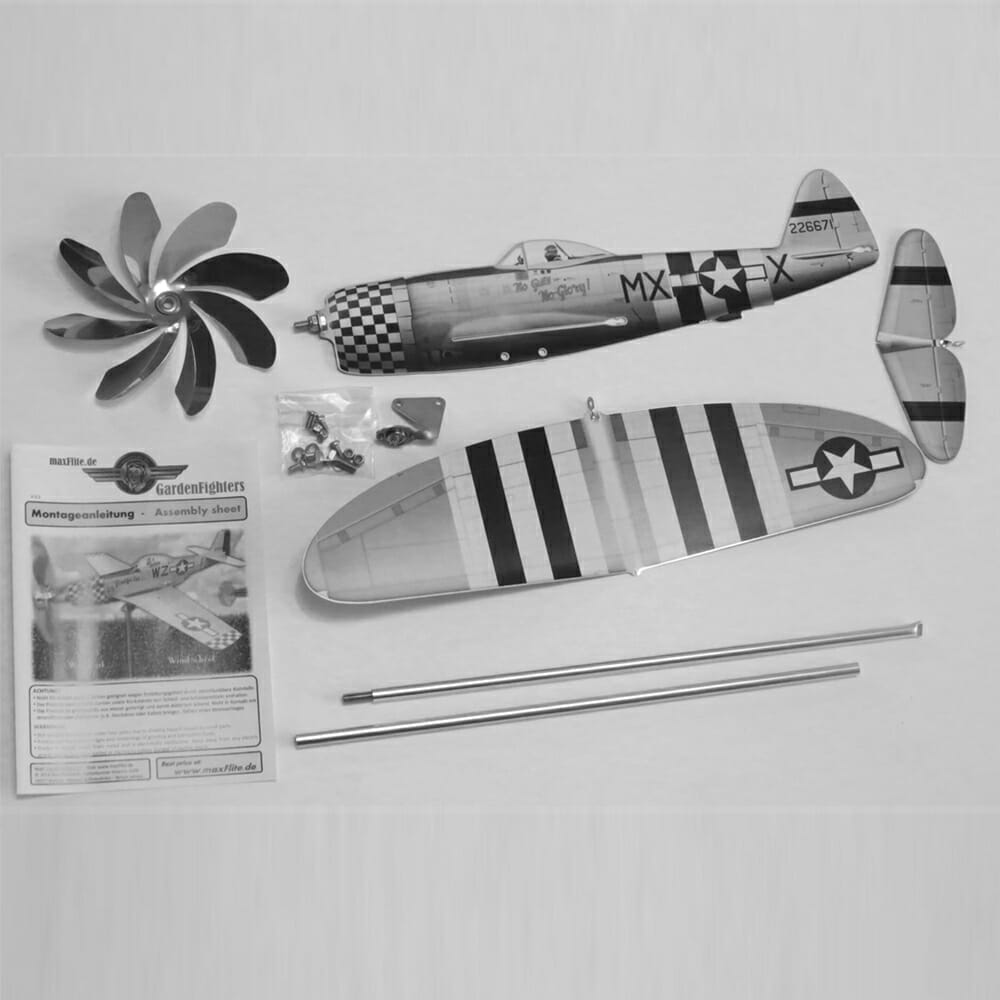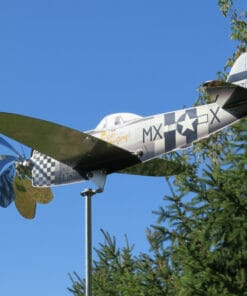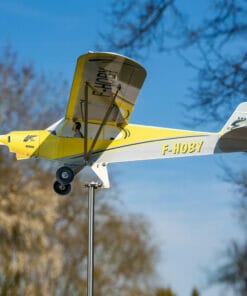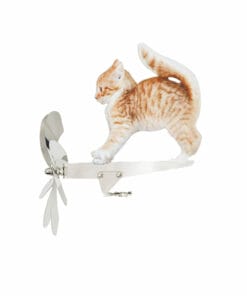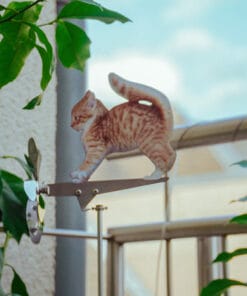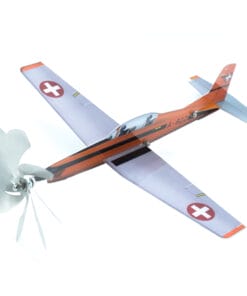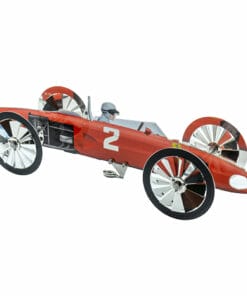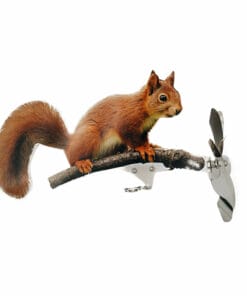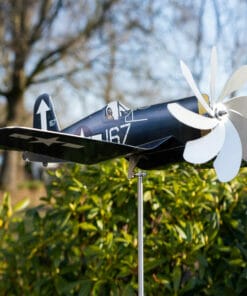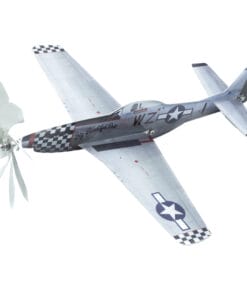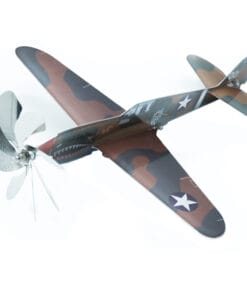49,00 €
incl. 19% VAT plus Shipping Costs
The P-47 Thunderbolt was a mighty warbird. It was the heaviest single-engine fighter aircraft of World War II. Powered by a Pratt & Whitney twin-row radial engine with turbo charger, however, the P-47 was anything but cumbersome. You’ll find her just as impressive as a windspinner by maxFlite. We carefully transferred every detail of Captain Benjamin Mayo’s “No Guts No Glory” machine from 1944 to our model. Do you have the guts to order a maxFlite P-47 Thunderbolt?
The P-47 Thunderbolt was a mighty warbird. It was the heaviest single-engine fighter aircraft of World War II. Powered by a Pratt & Whitney twin-row radial engine with turbo charger, however, the P-47 was anything but cumbersome. You’ll find her just as impressive as a windspinner by maxFlite. We carefully transferred every detail of Captain Benjamin Mayo’s “No Guts No Glory” machine from 1944 to our model. Do you have the guts to order a maxFlite P-47 Thunderbolt?
Then order a matching “Wingman” to go with your Superbolt, for example an American Mustang or Kittyhawk. Or if you want something a little wilder, then one of the enemies of yesteryear, the German Focke-Wulf 190 or the Messerschmitt 109 would be suitable here.
Immerse yourself in the world of the fighter pilots of yesteryear who had to defend their lives above the clouds in breathtaking air battles. With the Thunderbolt P-47 this is completely safe. As always with maxFlite, the aluminum stand is included in the package. It can be assembled within 5 minutes using simple tools following the illustrated instructions. Let’s get started with your decorative wind turbine airplane, the Thunderbolt P-47 from maxFlite.de.
Facts & Figures
- Specific maxFlite model: P-47D-25-RE Thunderbolt, No 42-26671, “No Guts No Glory”, flown by Captain Benjamin Mayo, 82 Fighter Squadron, 78 Fighter Group, Duxford in June 1944.
- The Thunderbolt was manufactured by the Republic Aviation Company, based in New York. The company was taken over by Fairchild in 1965.
- With around 15,600 airframes produced, the P-47 was the most-built US fighter aircraft of World War II.
- Thunderbolts were operational in various air forces around the world until 1966.
- The P-47 was praised for its dive speed, but was limited in its maximum speed because of vibration issues, causing problems with the elevator balance system.
- All P-47 versions before 1944 had so-called “razorback” canopy configurations, which meant the fuselage ran as a tall, narrow spine behind the pilot, resulting in poor visibility. To fix this problem, the “bubble canopy” was introduced. These bubbletop P-47s were soon nicknamed “Superbolts” by combat pilots. The maxFlite Thunderbolt is a bubbletop too, and therefore a real “Superbolt”.
[wingspan: 41 cm; length: 40 cm; weight: 800 g approx.]
| Weight | 800 g |
|---|---|
| Dimensions | 40 cm |
| Material | Stainless steel |
| Model wingspan | 41cm |
| Model length | 40cm |
| Model weight | 800g |



 Deutsch
Deutsch
